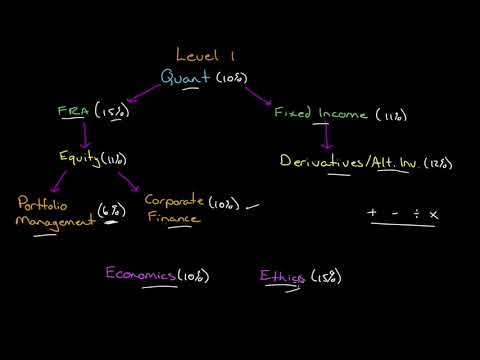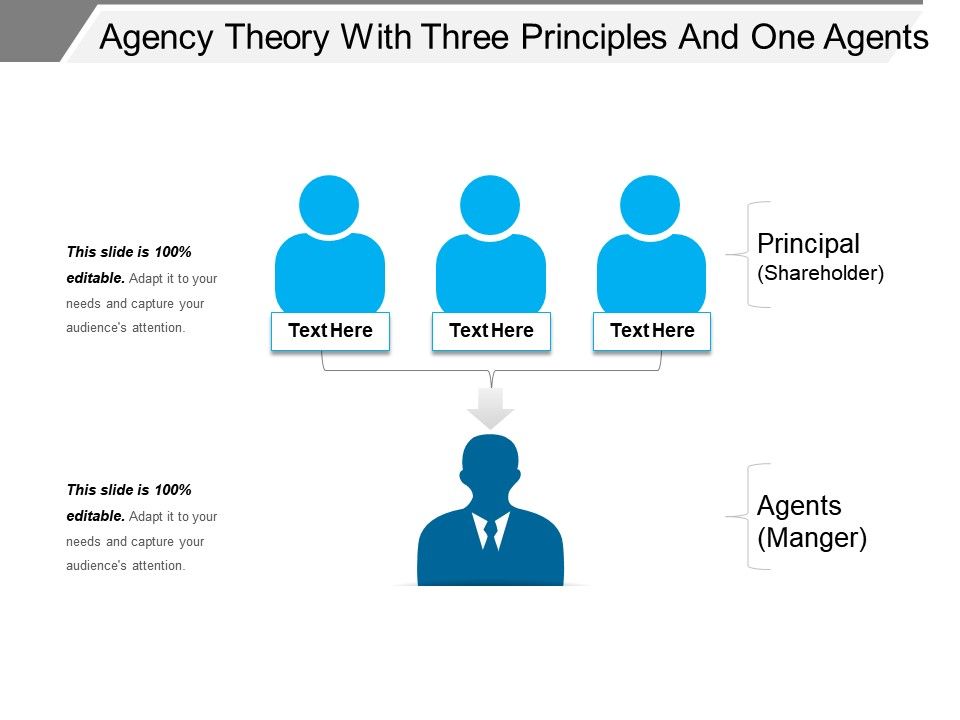Contents:


With a commitment, a step has been taken that will likely lead to a liability. A potential or contingent liability that is both probable and the amount can be estimated is recorded as 1) an expense or loss on the income statement, and 2) a liability on the balance sheet. The deferred tax asset should be adjusted in subsequent periods as the amount of the contingent liability changes. The resolution of the contingency or settlement of the assumed liability in some cases can also impact other acquired assets. The available accounting approaches for the related deferred taxes are similar to those available when the resolution or settlement impacts tax-deductible goodwill.

The SEC staff also cautions reporting entities that the recording of a material accrual for a contingent liability should typically not be the first disclosure regarding the material contingency. A foreshadowing disclosure that precedes an accrual for a material contingent liability is typically expected. For our purposes, assume that Sierra Sports has a line of soccer goals that sell for $800, and the company anticipates selling 500 goals this year . Past experience for the goals that the company has sold is that 5% of them will need to be repaired under their three-year warranty program, and the cost of the average repair is $200. To simplify our example, we concentrate strictly on the journal entries for the warranty expense recognition and the application of the warranty repair pool.
Since the outcome is possible, the contingent liability is disclosed in Sierra Sports’ financial statement notes. Companies operating in the United States rely on the guidelines established in the generally accepted accounting principles . Under GAAP, a contingent liability is defined as any potential future loss that depends on a “triggering event” to turn into an actual expense.
An entity must recognize a contingent liability when both it is probable that a loss has been incurred and the amount of the loss is reasonably estimable. In evaluating these two conditions, the entity must consider all relevant information that is available as of the date the financial statements are issued . The flowchart below provides an overview of the recognition criteria, taking into account information about subsequent events.
Two Financial Accounting Standards Board (FASB) Requirements for Recognition of a Contingent Liability
The company either validates or denies the claim based on their assessment and nature of the incurred losses. Common Example Of Contingent LiabilityContingent liability example can help you understand the obligations which may result from uncertain forthcoming events that are not in the organization’s control, like a lawsuit or change in government policy. A right to exchange an item that does not function as intended for one that is functioning properly is a warranty, not a right of return. Some of these rights are explicit in the contract, while others are implied. Implied rights can arise from statements or promises made to customers during the sales process, statutory requirements, or a reporting entity’s customary business practice.
- Example TX 10-3 illustrates the described approach for determining deferred tax balances related to contingent consideration at the acquisition date in a taxable business combination.
- Revenues and expenses are closed into retained earnings at the end of each year.
- An employee was injured at work in 20X8 due to faulty equipment and is suing Rey Co.
- If the amount of the loss is a range, the amount that appears to be a better estimate within that range should be accrued.
Contingent liabilities are those that are likely to be realized if specific events occur. These liabilities are categorized as being likely to occur and estimable, likely to occur but not estimable, or not likely to occur. Generally accepted accounting principles require contingent liabilities that can be estimated and are more likely to occur to be recorded in a company’s financial statements.
Recognition of a provision
Rey Co would have to provide for the best estimate of any damages payable to the employee. This is because the event arose in 20X8 and, based on the evidence available, there is a present obligation. Similarly, the knowledge of a contingent liability can influence the decision of creditors considering lending capital to a company. The contingent liability may arise and negatively impact the ability of the company to repay its debt. Accruals are revenues earned or expenses incurred which impact a company’s net income, although cash has not yet exchanged hands. A contingent liability is a liability that may occur, depending on the outcome of an upcoming event.
Operating Lease: How It Works and Differs From a Finance Lease – Investopedia
Operating Lease: How It Works and Differs From a Finance Lease.
Posted: Sun, 26 Mar 2017 06:43:17 GMT [source]
Any reported balance that fails this essential criterion is not allowed to remain. Furthermore, even if there was no overt attempt to deceive, restatement is still required if officials should have known that a reported figure was materially wrong. Such amounts were not reported in good faith; officials have been grossly negligent in reporting the financial information. Future operating losses do not meet the criteria for a provision, as there is no obligation to make these losses. Contingent liabilities should be analyzed with a serious and skeptical eye, since, depending on the specific situation, they can sometimes cost a company several millions of dollars.
IAS plus
The effect of a change in the assertion related to an acquirer’s intent and ability to indefinitely delay the reversal of temporary differences related to subsidiaries it owned prior to the acquisition is recorded outside of acquisition accounting. Contingent liabilities adversely impact a company’s assets and net profitability. Pending lawsuits and product warranties are common contingent liability examples because their outcomes are uncertain. The accounting rules for reporting a contingent liability differ depending on the estimated dollar amount of the liability and the likelihood of the event occurring. The accounting rules ensure that financial statement readers receive sufficient information.
Closed Account Definition for Individuals, Institutions – Investopedia
Closed Account Definition for Individuals, Institutions.
Posted: Sat, 25 Mar 2017 21:09:29 GMT [source]
For example, if at inception of the contract Producer estimates that including 70% of its sales in the transaction price will not result in a significant reversal of cumulative revenue, Producer would record revenue for that 70%. Producer will need to update its estimate of expected returns at each period end. Producer must consider the extent to which it is probable that a significant reversal of cumulative revenue will not occur from a change in the estimate of returns.
What Is the Journal Entry for Contingent Liabilities?
Assets may sometimes be revalued or indexed to inflation for tax purposes only if the asset is sold (i.e., the tax basis is increased for the purpose of determining capital gain income but not ordinary income). Moreover, the ability to file consolidated, combined, or unitary tax returns, and elections or post-acquisition transactions may affect the tax that would be payable from the recovery of an asset. In some jurisdictions, recovery of assets through use will have no tax consequences, while recovery through sale will have tax consequences. The expected manner of recovery needs to be considered to determine the future tax consequences and corresponding deferred taxes in acquisition accounting. Business combinations often involve a considerable amount of business, legal, and tax planning. Tax effects can arise from events ranging from tax-specific elections to more complex reorganizations and business integration actions.
The OpenStax name, OpenStax logo, OpenStax book covers, OpenStax CNX name, and OpenStax CNX logo are not subject to the Creative Commons license and may not be reproduced without the prior and express written consent of Rice University. Under IFRS, any payment or refinancing arrangements must be made by the fiscal year-end of the debtor. Identify the criteria that establish the reporting of a contingent loss. Find comprehensive guides to help you face your most pressing accounting and reporting challenges with clarity and confidence.
Contingent Liability Journal Entry
Depending on the terms of the contract, a company may have to pay liquidating damages to the other party if the contract is breeched. Liquidating damages are an example of a potential loss contingency, and the company should only accrue the liquidating damages on the balance if it is probable to occur and can be… Company X acquires 100% of the stock of Company Y in a nontaxable transaction. Company Y has state NOLs at the acquisition date in the single state in which it operates.
Tesla Resale Value Guarantee Programs And Assumptions – A … – Seeking Alpha
Tesla Resale Value Guarantee Programs And Assumptions – A ….
Posted: Tue, 28 Jun 2016 07:00:00 GMT [source]
Contingent liabilities must pass two thresholds before they can be reported in financial statements. First, it must be possible to estimate the value of the contingent liability. If the value can be estimated, the liability must have more than a 50% chance of being realized. Qualifying contingent liabilities are recorded as an expense on the income statement and a liability on the balance sheet. In general, adjustments in subsequent periods to assumed liabilities, contingencies, and contingent consideration are recorded in earnings. The appropriate deferred tax treatment related to these adjustments is determined by considering the expected tax consequences, assuming settlement at book carrying amounts.
Legal disputes give rise to contingent liabilities, environmental contamination events give rise to contingent liabilities, product warranties give rise to contingent liabilities, and so forth. An entity may choose how to classify business interruption insurance recoveries in the statement of operations, as long as that classification is not contrary to existing generally accepted accounting principles . The income statement classification of the accretion of a discounted liability to its settlement amount is an accounting policy decision that should be consistently applied and disclosed. Since this condition does not meet the requirement of likelihood, it should not be journalized or financially represented within the financial statements.
- There is no specific guidance of what percentage likelihood is required for an outflow to be probable.
- The company either validates or denies the claim based on their assessment and nature of the incurred losses.
- Some of these rights are explicit in the contract, while others are implied.
- For example, if the acquirer plans to relocate an acquiree’s operation from State A to State B, the view chosen would determine how to account for the effect of the difference in the states’ tax rates on acquired temporary differences.
Depending on how the acquisition costs are treated for tax purposes (e.g., added to the outside basis of the shares), it may no longer be appropriate to record deferred taxes on such acquisition costs. Reversal of a deferred tax asset would be reflected in the income statement and would affect the effective tax rate in the period the acquisition is consummated. Treat the assumed liability, contingency, or contingent consideration as a separately deductible item. A deferred tax asset would be recorded in acquisition accounting because the liability, when settled, will result in a future tax deduction. That is, a deferred tax asset is recognized at the acquisition date since there is a basis difference between book and tax related to the liability.
This ratio—current assets divided by current liabilities—is lowered by an increase in current liabilities . When lenders arrange loans with their corporate customers, limits are typically set on how low certain liquidity ratios can go before the bank can demand that the loan be repaid immediately. When determining if the contingent liability should be recognized, there are four potential treatments to consider.
In some cases, an analyst might show two scenarios in a financial model, one which incorporates the cash flow impact of contingent liabilities and another which does not. Since a contingent liability can potentially reduce a company’s assets and negatively impact a company’s future net profitability and cash flow, knowledge of a contingent liability can influence the decision of an investor. A business accounting journal is used to record all business transactions. Each business transaction is recorded using the double-entry accounting method, with a credit entry to one account and a debit entry to another.
So far, all the items considered in this article have involved the provision being recorded as a liability with the debit being shown as an expense in the statement of profit or loss. The exception to this is if an entity creates an obligation for future costs due to the construction of a non-current asset. In this case, the provision should be included within the original cost of the asset, as this is directly attributable to the construction of that asset. Assuming that the loss contingency is “probable” and can be reasonably estimated, then a journal entry should be recorded to accrue the liability. The journal entry would be to debit legal expense and credit to record the legal liability.
Revenues and expenses are closed into retained earnings at the end of each year. A loss contingency is when the future outcome is most likely to result in a liability. Examples of common loss contingencies include a lawsuit, a product recall, an environmental spill, or, like mentioned above, a bad bet.
Such contingent liability journal entry may be deductible at some indefinite future date, which may occur when the assets that constitute the related trade or business are sold or if and when it is determined that the capitalized costs no longer have any future value. Furthermore, these transaction costs will generally not be deductible if Target is liquidated. Assume a contingent liability is recorded at fair value of $1,000 on the date of acquisition in a nontaxable business combination. When the liability is settled, the company will receive a tax deduction for the amount paid. The acquirer should identify and measure the deductible and taxable temporary differences of the acquired business and record the resulting deferred tax assets and liabilities.